101 Brick Wall Busters
BRICK WALL
BUSTERS
SOLUTIONS TO OVERCOME
YOUR GENEALOGICAL CHALLENGES
FROM THE EDITORS OF FAMILY TREE MAGAZINE
101 BRICK WALL BUSTERS . Copyright (c) 2010 by the editors of Family Tree Magazine. Manufactured in the United States of America. All rights reserved. No other part of this book may be reproduced in any form or by any electronic or mechanical means including information storage and retrieval systems without permission in writing from the publisher, except by a reviewer, who may quote brief passages in a review. Published by Family Tree Books, an imprint of F+W Media, Inc., 4700 East Galbraith Road, Cincinnati, Ohio 45236. (800) 289-0963. First edition.
For more genealogy resources, visit .
14 13 12 11 10 5 4 3 2 1
Distributed in Canada by Fraser Direct
100 Armstrong Avenue
Georgetown, Ontario, Canada L7G 5S4
Tel: (905) 877-4411
Distributed in the U.K. and Europe by David & Charles
Brunel House, Newton Abbot, Devon, TQ12 4PU, England
Tel: (+44) 1626-323200, Fax: (+44) 1626-323319
E-mail:
Distributed in Australia by Capricorn Link
P.O. Box 704, Windsor, NSW 2756 Australia
Tel: (02) 4577-3555
Library of Congress Cataloging-in-Publication Data
101 brick wall busters: solutions to overcome your genealogical challenges /
by the editors of Family Tree Magazine.
p. cm.
Includes bibliographical references and index.
ISBN-13: 978-1-4403-0890-1 (alk. paper)
ISBN-10: 1-4403-0890-X (alk. paper)
1. Genealogy. 2. United StatesGenealogyHandbooks, manuals, etc. I. Family tree magazine (Cincinnati, Ohio)
CS14.A14 2010
929.1dc22
2010011704
 | Edited by DIANE HADDAD and ALLISON STACY
Designed by CHRISTY MILLER
Illustrations by RAY ALMA
Production coordinated by MARK GRIFFIN |
So youve hit the dreaded brick wall in your family tree search. Not to be a negative Nelly, but it was bound to happen. Even the best of researchers eventually runs up against a roadblockwhether its an elusive maiden name, a missing passenger list or a sudden disappearance from the census.
But now were going to play Pollyanna: There are ways around, under, and sometimes event straight through a genealogy brick wall. Thats what this book is about. Weve got expert solutions to 101 quandaries from family historians like you, with suggested search strategies, information sources and approaches to ethnic research that will help you find the dead-end-defying answers you need.
Use the Table of Contents and the Index to find questions related to your well, well call them problem ancestors. To start off, though, lets go over some steps to take when faced with any research brick wall.
ASSESS THE PROBLEM.
Review your records one by one to re-evaluate what you know and note the information youre missing. Fill in the brick wall worksheet (appendix B). Identify specifically what you want to learna birthplace? A maiden name?
DO THE FIRST THING FIRST.
Dont try to skip steps by, for example, jumping back to your ancestral homeland before youve checked every available US record. Have you searched for your ancestor in every census during his life? Have you looked for his birth, marriage and death dates?
CREATE A TIMELINE.
Note your ancestors life dates, marriages, childrens births, migrations, jobs and so forth. Add wars, epidemics, mass migrations and other major events that occurred during his life. Look at the timeline with an eye for historical records those events mightve generated (Civil War service papers? A WWI draft registration card?).
IDENTIFY POTENTIAL SOURCES.
Make a list of sources in which the information you need might appear. For example, if your ancestor was born before the onset of official vital-record keeping, you might find birth information in church records, newspaper announcements, censuses, naturalization papers, and more. Try running a place search of the Family History Library catalog <www.familysearch.org/eng/library/fhlc/frameset_fhlc.asp> for your ancestors county to get a list of microfilmed records associated with that placesome might mention your ancestor.
USE SEARCH TRICKS.
If you cant find your ancestor in an online database, seek out search help. Broaden your search to include alternate spellings of the name (try switching the first and last name, too) and a wider range of dates and places. Use wildcards. Browse the records by place.
RESEARCH SIDEWAYS.
Research your ancestors neighbors, friends, in-laws and the people who served as witnesses on his records. The records of these people might mention your family.
TOSS OUT YOUR ASSUMPTIONS.
Sometimes the unlikeliest scenario is the right one. Begin exploring theories other than what you thought you knew: Perhaps Great-great-grandpa immigrated through a port other than Ellis island. Maybe Great-grandma did get divorced, marry a second (or third) time and have children at a relatively old age.
ASK FOR HELP.
Sometimes, a second set of eyes with a fresh perspective is just the thing. Ask one of your genealogy friends to review the problem and develop some theories or make suggestions.
BRUSH UP.
A genealogy how-to book will help you understand alternate sources and strategies for overcoming common challenges. Learn about your ancestors life, too. Go back to that chronology and find books related to his experiences: Wedding of the Waters, the Erie Canal and the Making of a Great Nation by Peter L. Bernstein, for an ancestor who worked on the Erie Canal, or for your Upstate New York LaRosa line, Family and Community, Italian Immigrants in Buffalo, 1880-1930 by Virginia Yans-McLaughlin. Youll find more potential sources and formulate additional theories about what your ancestor was up to.

CHAPTER
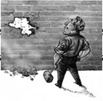
ONE
RESEARCH STRATEGIES
Youve searched high and low to find out Great-grandmas maiden name, and youre getting nowhere fast. Or theres a big gap in your family tree right where the 1890 census should be. Or you just have a burning question with no answer to match. What do you do now? In this section, we suggest research strategies you can deploy in a range of genealogical situationsfrom organizing your messy files to finding out birth dates.
P ROBLEM : I keep wondering: How did our ancestors get from there to here? More specifically, what routes and what modes of transportation did my ancestors use to get from Pennsylvania to North Carolina in the mid 1700s, and from North Carolina to Missouri in the mid-1800s?

S OLUTION : Depending where in Pennsylvania the travelers began their journey and where in North Carolina they settled, you may be able to narrow the choices for their migration routes. Travelers from Pennsylvania to North Carolina in the mid- to late 1700s usually followed traditional Indian paths that were gradually widened enough to accommodate teams of oxen or horses pulling wagons. Many people walked or rode horseback along wagon roads. Travelers could begin on the Great Valley Road at Hagerstown, Md., and go southwest through the Shenandoah Valley of Virginia, then turn south at present-day Roanoke, Va., and continue into central and western North Carolina. Others followed several roads from Richmond and Fredericksburg, Va., south into eastern North Carolina. A few may have gone by ship to Norfolk, Va., or Charleston, SC, and continued their trek overland into North Carolina, as this state had few harbors sufficient for oceangoing ships.

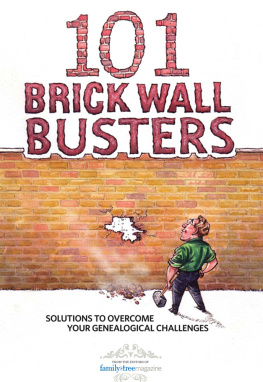






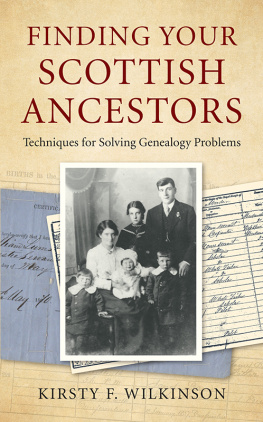
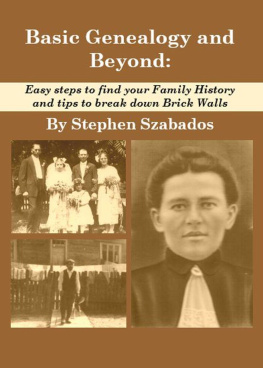
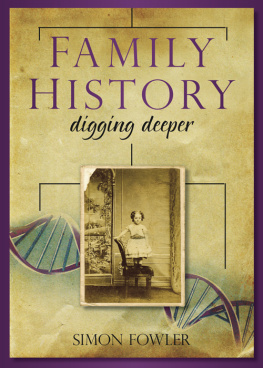
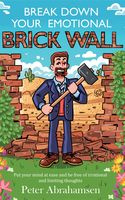
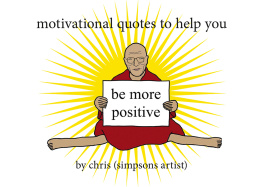
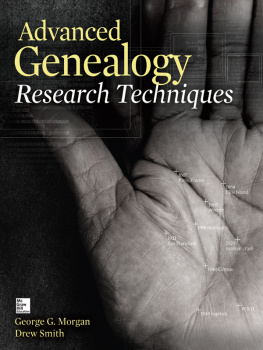




 ONE
ONE